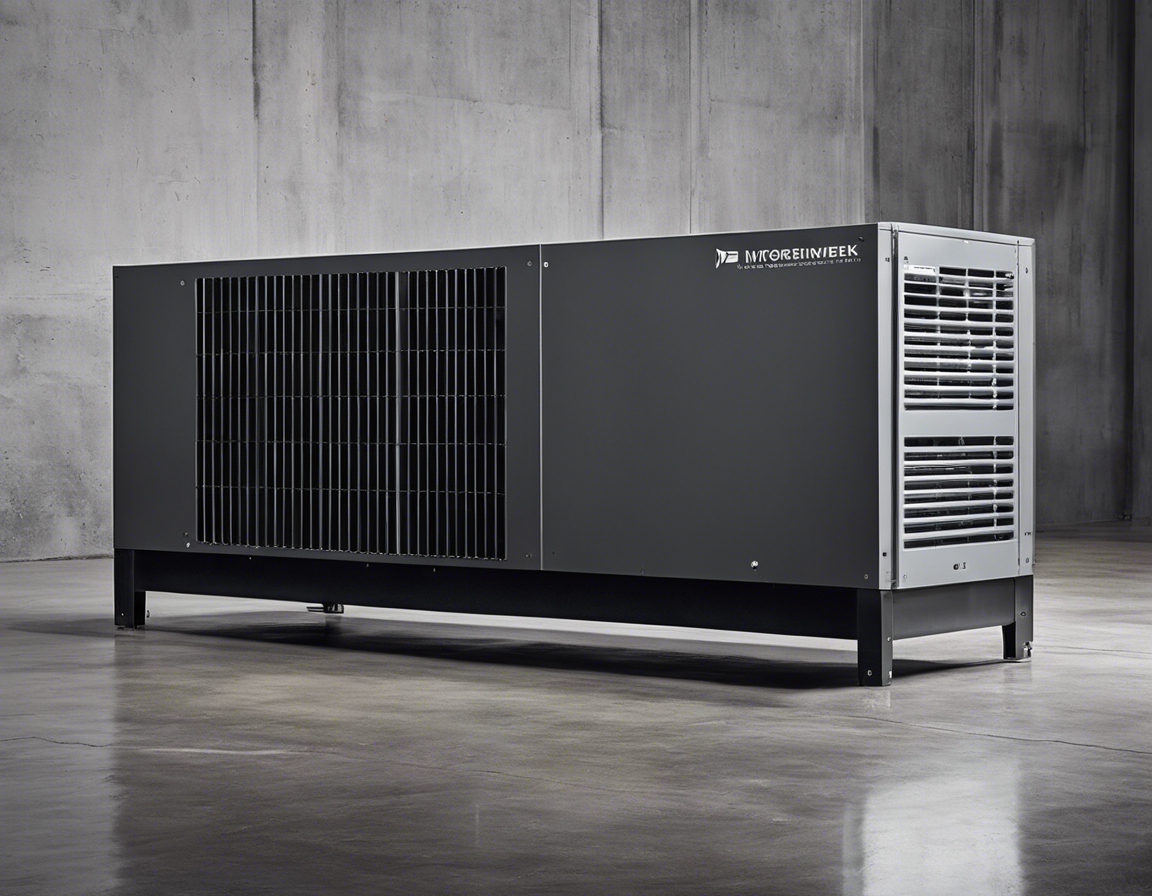Building a solar park: the future of community power
A solar park, also known as a solar farm or solar power station, is a large-scale photovoltaic system (PV system) designed for the supply of merchant power into the electricity grid. They are differentiated from individual rooftop systems by their size, scale, and the fact that they supply power at the utility level rather than to a single consumer.
Solar parks offer numerous advantages including the reduction of carbon footprint, provision of renewable and reliable energy, and the creation of local jobs. They are a cornerstone in the transition towards a more sustainable and resilient energy system.
The Role of Solar Parks in Community Power
Solar parks can play a pivotal role in community power initiatives, offering local communities the chance to invest in and benefit from renewable energy production. This not only supports local economies but also fosters a sense of ownership and responsibility towards energy consumption.
By focusing on local energy production, communities can reduce their dependence on distant power plants and fossil fuels, leading to a more secure energy future and contributing to global efforts to combat climate change.
Planning and Development of a Solar Park
Choosing the right location is critical for the success of a solar park. Factors such as sunlight availability, land costs, proximity to power grids, and environmental impact play a significant role in site selection.
Navigating the complex web of regulations and obtaining the necessary permits can be a daunting task. It requires a deep understanding of local, state, and federal laws, as well as a strategic approach to community engagement.
The design of a solar park must take into account both technological efficiency and aesthetic impact. Innovations in solar technology continue to improve the efficiency and reduce the cost of solar installations.
Financing and Economic Considerations
There are various funding models available for solar parks, including private investment, public-private partnerships, and community funding initiatives. Each model offers different benefits and challenges.
Conducting a thorough cost-benefit analysis is essential to understand the economic viability of a solar park. This analysis should consider long-term savings, potential government incentives, and the overall return on investment.
Implementation and Construction
Selecting experienced partners for the construction and operation of a solar park is crucial. This includes engineers, construction companies, and solar technology providers.
The construction of a solar park is a complex process that involves multiple phases, from land preparation and panel installation to grid connection and testing.
Operation and Maintenance
Regular maintenance and monitoring are required to ensure that a solar park operates at peak efficiency. This includes panel cleaning, vegetation management, and system upgrades.
Engaging with the community and providing educational resources can help maximize the benefits of a solar park. This fosters a culture of sustainability and encourages the adoption of renewable energy practices.






Comments (0)